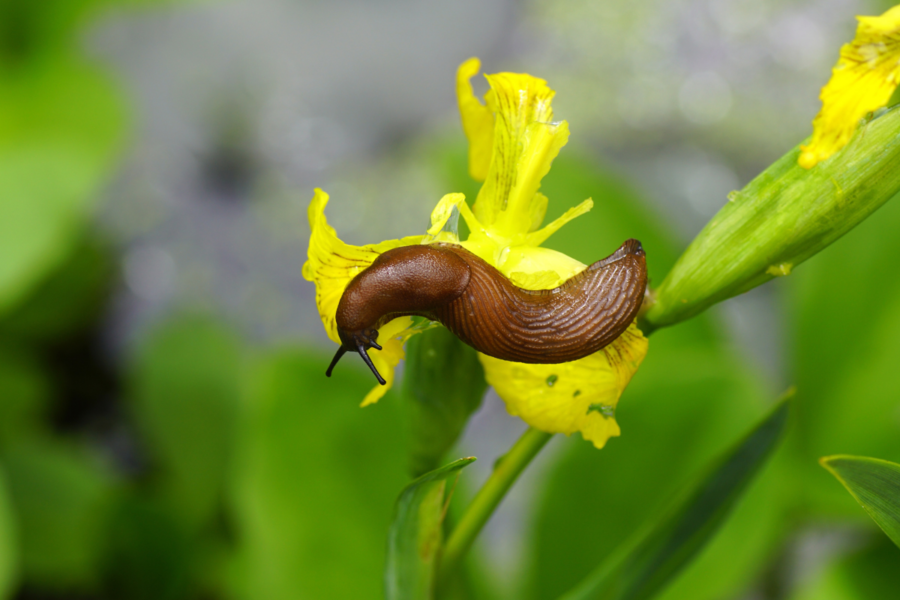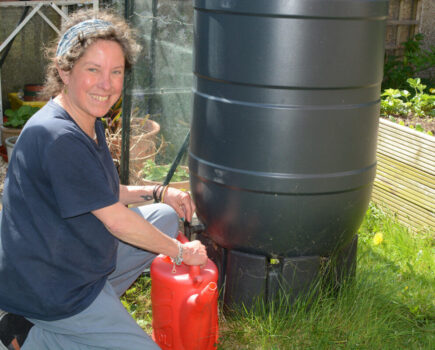Editor Kim Stoddart offers some natural on-the-ground solutions
This year has been extremely challenging in lots of ways. I think it’s important to acknowledge this because if nothing else, it helps us let off a little ‘steam’. The so-far soggy summer and mild, wet winter has resulted in a greater risk of pests and diseases for gardeners. More pests have been able to overwinter, reproduce and wreak havoc in conditions that are eminently favourable for them. Although some plants have enjoyed the rain, many others have not and annuals have been slower to grow and some possibly weakened, making them more susceptible to attack.
In July, I gave some talks at RHS Hampton Court Palace Flower Festival on climate change gardening and natural pest control, and I was inundated with questions about slugs. I spoke to gardeners absolutely distraught at the damage done to their plants this year, desperate for ideas to help keep slug and snail numbers in check. So as Ruth Hayes outlines lots of excellent recommendations for dealing with pests and disease overall on Page 8, I’m going to write about what to do about slugs.
While every garden is different and solutions therefore need to be tailored to individual growing conditions, here are some general ideas to help deal with this year’s over abundant plant munchers.
Quick first actions
Try and figure out where they are coming from
Could it be that a raised bed has started to break down and become a home for slugs? Are they emerging from nearby undergrowth, or is it plant foliage they are hiding under? If you have woodchip pathways, these can also be an attractive hiding ground. Plastic pots, or items such as compost bags left on the ground can provide shelter. Knowing where they are helps you figure out what to do.
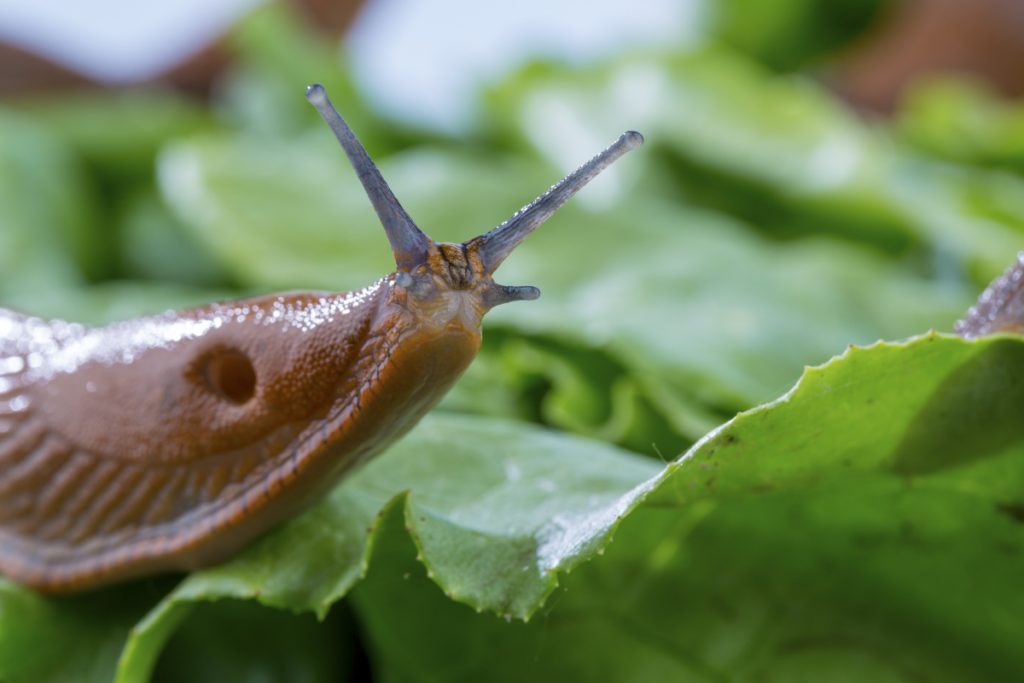
Remove as many as you can
Reducing numbers is an essential start if you have an overload of slugs. Even with lots of natural predators around the garden, when slug numbers become out of balance intervention is needed to protect your plants. In many years you may not need to intervene, but 2024 has been something else and slug numbers have been so much higher that garden birds, amphibians etc may simply struggle to keep up.
Consider laying a plank of wood on the soil, or a plastic bag with a brick on top, to encourage slugs to shelter underneath so you can simply pick it up and deposit the slugs elsewhere.
Disrupt their hiding places
Removing some of your groundcover can help, if you know they are residing there. You don’t want to leave the soil bare where possible and can still have longer grassed areas of lawn, but if you have a large slug issue then consider removing some of this habitat if it is nearer to plants which are vulnerable to attack.
For example, taking off some of the lower leaves of plants on the vegetable patch can reveal slugs hiding beneath, making them easier to pick up and remove. Chives can double up as an attractive ‘five star slug hotel’, so consider cutting the plant right back to the stem, giving a swift eviction notice to any ‘guests’ residing within. The chives will quickly grow back and produce lovely fresh stems.
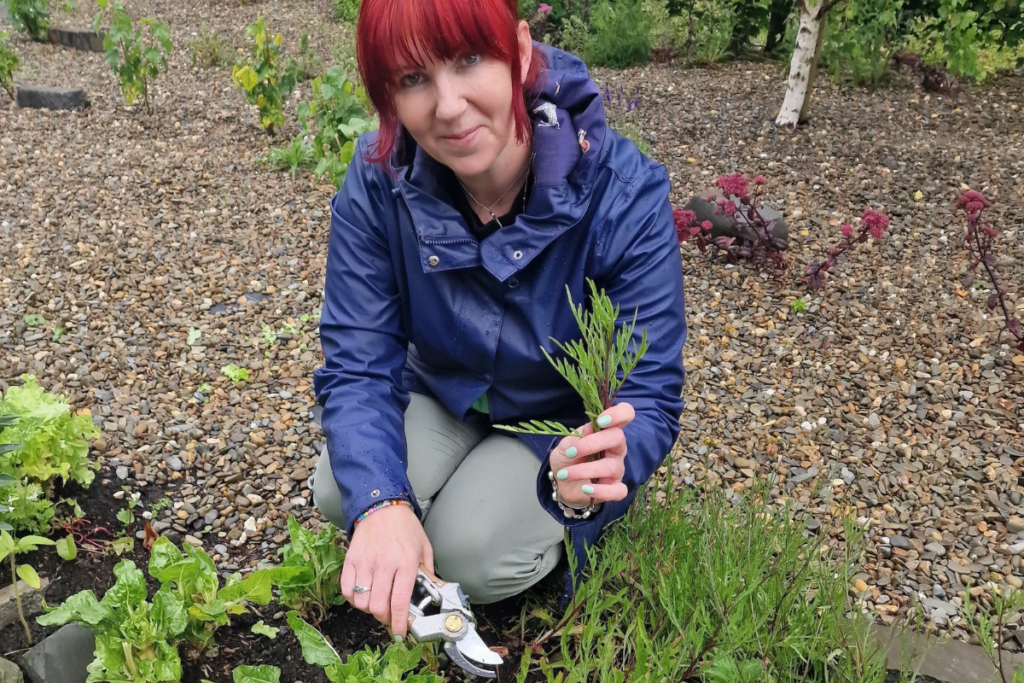
Create a first line of defence
Once numbers have been reduced there are many ways to further shore up defences against future attack. This could mean moving pots higher up and out of the way, using copper slug rings, or similar measures. On the ground, work with what you feel comfortable with and have to hand. Some gardeners use beer traps, others find coffee grounds sprinkled around plants as a good preventative measure, others like using egg shells (which are also good for the soil). There are all sorts of organic products available to buy, but personally I would recommend trying, where possible, to work with what you already have and outwit the slugs with that.
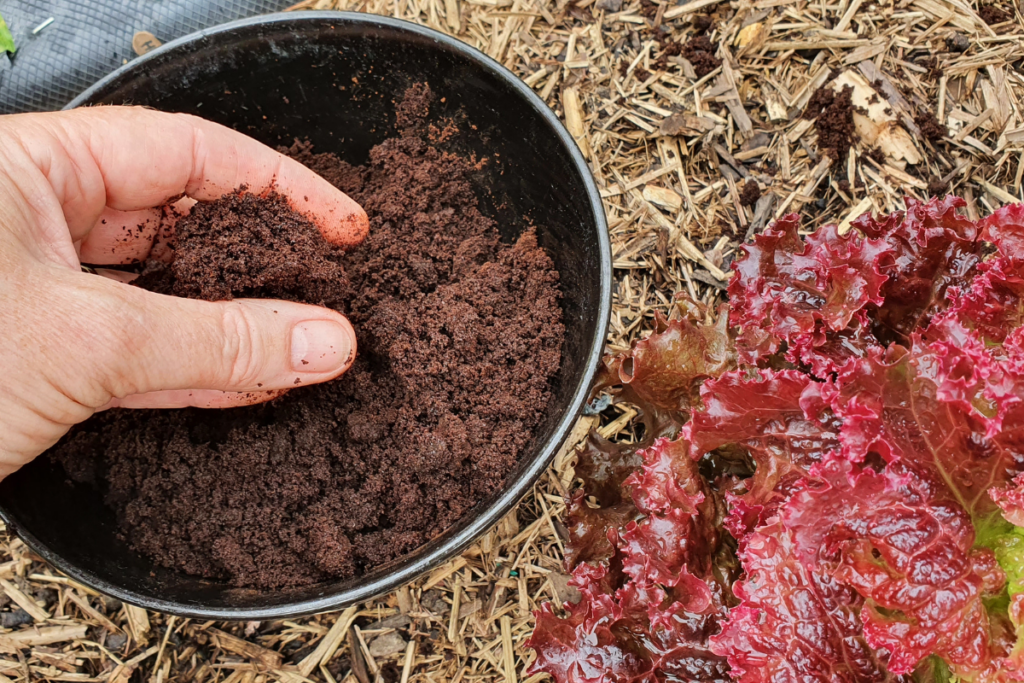
Longer term solutions
Thinking ahead, there are several ways to help make it harder for slug numbers to proliferate. Do remember this year is particularly tricky, but all of these suggestions are designed to help with natural pest control overall so are worth considering.
Only plant out strong seedlings
Bigger, healthier plants are generally speaking more able to fend off pests. There is no quick fix, but in a bad slug year protecting seedlings and planting out when they are better able to cope makes sense. Where space allows, pot them on so they grow larger before planting out.
Make your soil the best it can be
Regenerative practices such as no-dig, mulching and building fertility in your soil naturally will forge healthier plants overall. It all helps in the battle against pests and disease. Slow release food can encourage plants to dig that bit deeper for food and water and afford them with greater resilience as a result.
Consider more mixed planting
I wrote in the last issue about the many benefits of a more free-spirited planting approach with produce. Not growing too many of the same type of plants together, where it is easier for so-called pests to find what they are looking for, really does help protect your crops. Consider surrounding more vulnerable plants with other varieties and mix and match planting as you go. It further helps boost biodiversity and can work well as part of a rounded approach. For example, plants such as nasturtium and alliums growing in and around other plants can distract pests and draw their attention away.
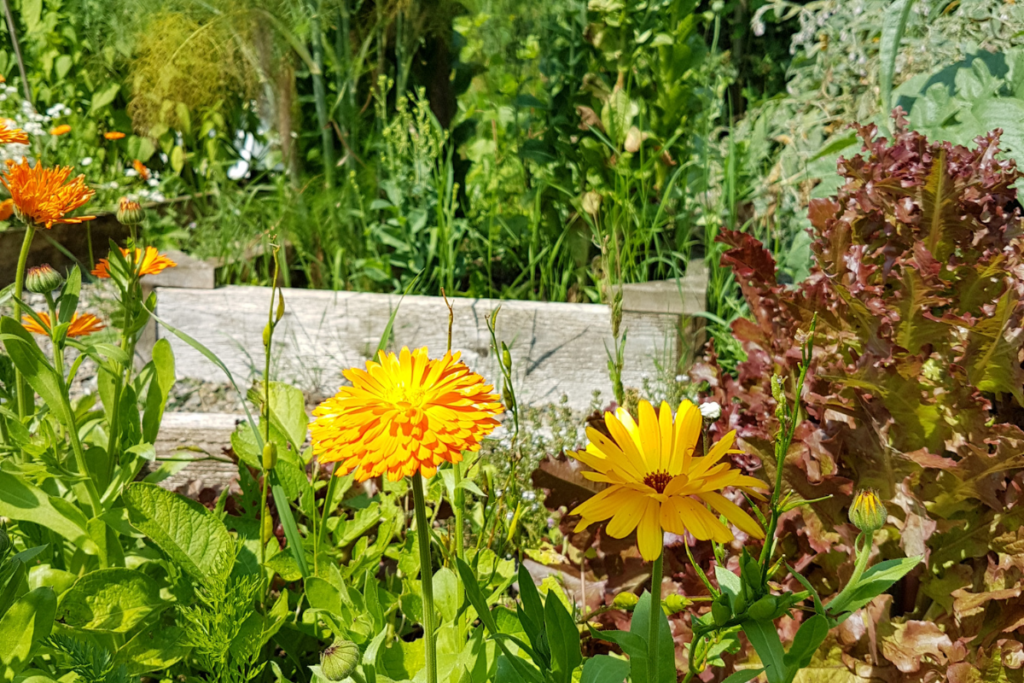
Boost natural predator numbers
In an eat-and-be-eaten garden it is harder for one type of pest to proliferate and cause issues. As this year has demonstrated, this doesn’t mean you won’t ever have issues, but it does help to boost the natural balance in your favour. As well as the obvious slug eaters such as birds, hedgehogs and amphibians, know that ground beetles, spiders and even the leopard slug are among the many creatures that can keep slug numbers down. Eat out to help out, if you will!
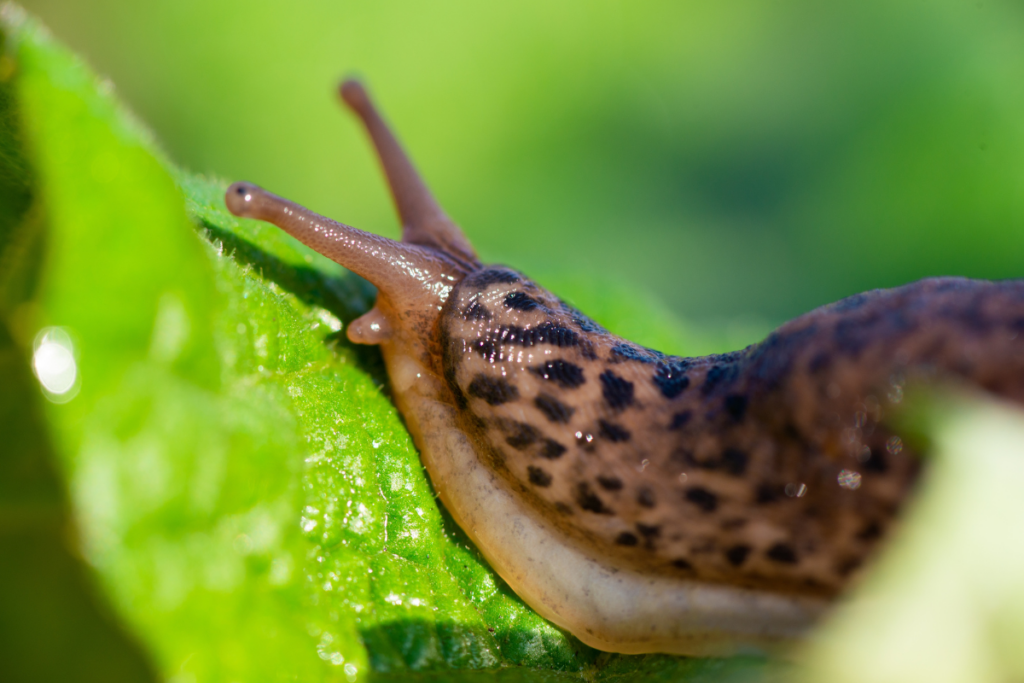
The more you can boost biodiversity, the more you can build a garden full of natural pest patrol allies to the benefit of all, no matter the weather and the latest challenges to arise.
Find more tips, advice and articles like this at the Amateur Gardening website. Subscribe to Amateur Gardening magazine now

